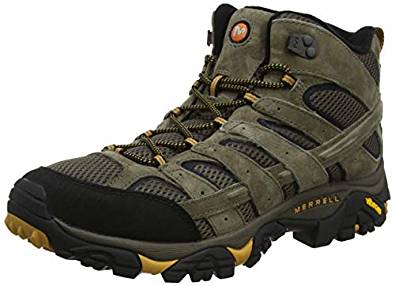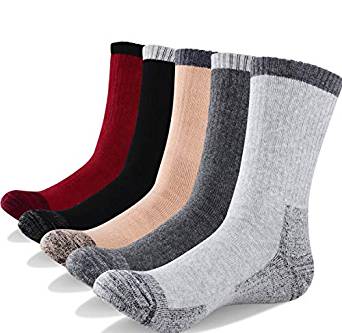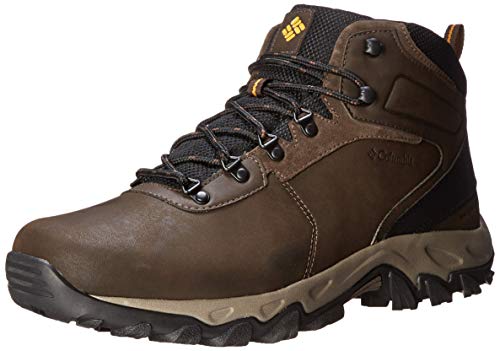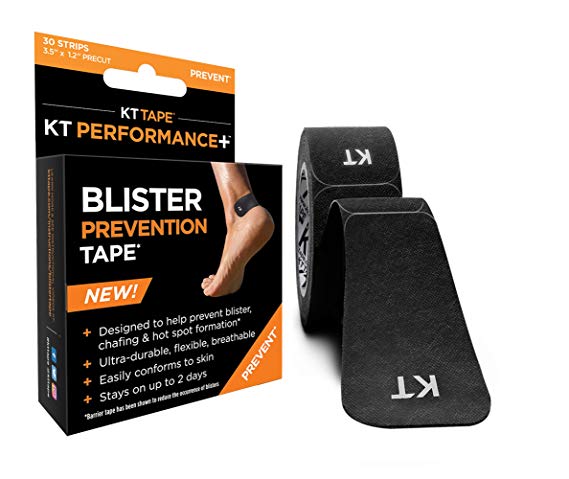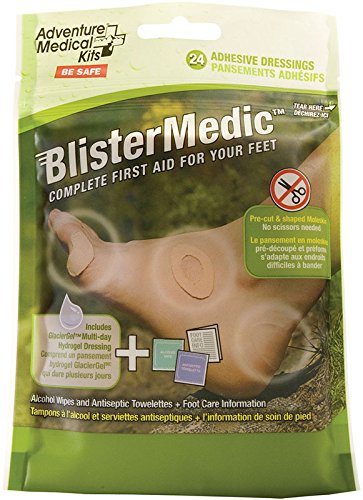The very bane to every hiker’s existence, blisters can be quite annoying and excruciating to sport when out and about. Not only do blisters ruin idea of fun and enjoyment in a hike, it can also create an unappealing scar to those footsies when not taken care off correctly.
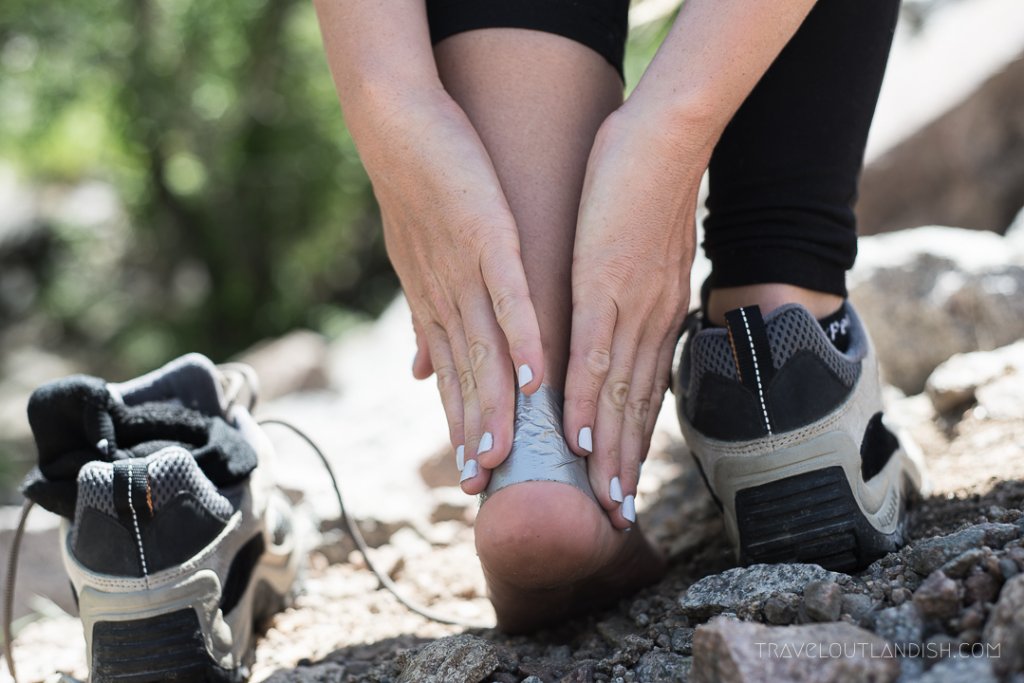
Source: traveloutlandish.com
What Causes Hiking Blisters
Caused generally by moisture, heat and friction due to repetitive motion, it is imperative for you to learn the right techniques in hiking blisters prevention.
To get you started, here’s a must-know guide to think about on your next hike.
Gears to Prevent Hiking Blisters
- The Right Footwear– and the right FIT, too!
You can’t just use any basic footwear available in your closet for a hike. While flip-flops may sound like a good choice for a summer hike, it cannot provide needed stability and support for your feet. Your good old tennis shoes can’t survive the terrain in the wild, too. Walking being a long, repetitive motion can result in nasty blisters particularly when moisture and heat build up. The idea is to not only buy the right footwear for hiking but also to find the right fit– not too tight or loose, just enough to give your footsies with socks on breathing space. Keep in mind that hours of walking result to feet swelling. So make sure to add half an inch more to your chart count.
When choosing, look for these qualities– boot shape vs. type of foot you have, EVA or memory foam insole padding, weatherproofing, lug depth, and closed-cell foam tongue. Something that the Merrell Moab 2 Vent Mid Hiking Boot possesses. Before donning those new hiking boots, make sure to break them in to prevent chafing your feet and reducing any chances of blister formation.
Merrell Men’s Moab 2 Vent Mid Hiking Boot
- The Right Socks.
As a rule of thumb: never wear cotton socks on a hike. Cotton can’t properly absorb moisture and dries out slowly– a lethal combination in the blister formation arena. Choose to buy wool or perhaps, synthetic socks. PAdded socks with integrated sock liners that help wick moisture also keeps those footsies stable and comfortable without retaining sweat. When buying socks, look for ventilation, arch compression, moisture control, and cushion support. Don’t just buy any run-of-the-mill socks. As much as possible, choose socks labeled as “for hiking, camping, trekking or outdoor sports” like this YUEDGE Men’s Athletic-Hiking Crew Socks.
YUEDGE Men’s Athletic-Hiking Crew Socks
- Lacing Matters.
There’s a reason why proper lacing of shoes is taught at such an early age– to help you not forget it easily! Now that you’re an adult and hiking on your own, learning how to properly lace up those hiking boots nice and tight will help ensure stability of your feet and of keeping your heel in place. The idea is to keep it tight around the ankle and shin area. Here’s a tutorial video on loop lacing technique to help.
- Go Waterproof.
Like the rest of your hiking gear, waterproofing is an important factor to consider in your footwear. You can opt to use wax and sprays to have your current hiking shoe updated or, if it’s your first time to hike, buying a shoe that keep moisture out is a wise path to take. Take this Columbia Newton Ridge Plus Ii Waterproof Hiking Boot. Durable yet comfortable, with breathable, waterproofing, and weatherproofing engineering, this is one pair that offers stability and support without the dreaded hotspots on your feet.
Columbia Men’s Newton Ridge Plus Ii Waterproof Hiking Boot
- Pedicure, Anyone?
Do consider clipping those toenails prior to embarking on a hike. Blisters on toes are often caused by toenails getting trapped on socks resulting to abrasion then, blisters after miles and miles of repetitive walking motion. Clipping those toenails will also prevent them from dying.
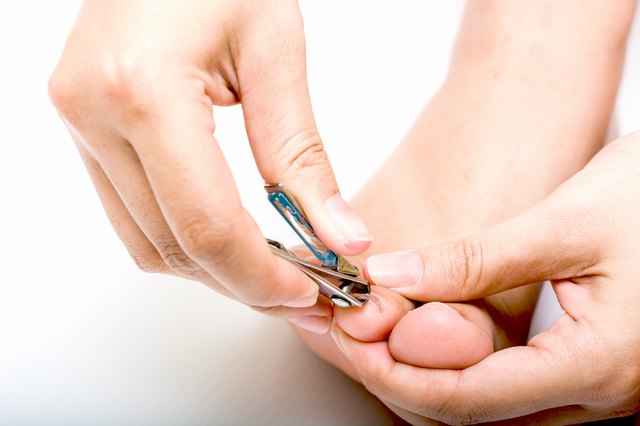
Source: leafcdn.tv
Stop & Smell The Roses.
The best preventive technique, however, is to always keep close attention to your foot’s condition. Do you feel anything out of the ordinary? Stop and try to remove whatever’s wiggling in your shoe. It takes a minute portion of sediment, grit or dirt to create unnecessary friction in your boots. When you feel extra hot down there, stop! Cover it right away with a moleskin or this KT Tape below. Duct tape also helps during an emergency situation. If you’re prone to blisters, applying the KT tape beforehand also helps.
KT Tape KT Performance+ Blister Prevention Tape
Preparedness Counts
AMK Blister Medic Medical Kit
Even with the right prevention system in place, blisters may still happen as you go on a long hike. You should not stop at learning how to prevent hiking blisters but also on how to remedy them when getting one at the middle of a long hike. So always have an emergency blister kit like this AMK Blister Medic Medical Kit with you for a worry-free, enjoyable hike.


